Farmer's Diary
Mushroom Guidebook
Mushroom Guide (B)
-
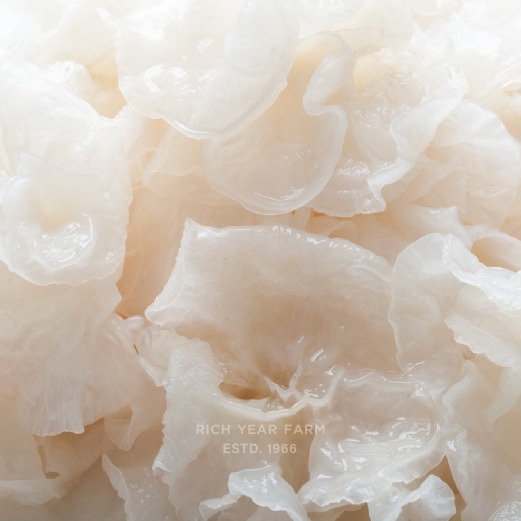
Snow Ear
Snow Ear, known as the "vegetarian bird's nest," is a mutated variety of the Auricularia genus and is cultivated using sawdust grow bags. Its fruiting body is white and often mistaken for white wood ear. It typically grows from May to October and thrives in temperatures between 22–26°C, with tolerance up to 28–29°C. Each cultivation cycle can yield around ten harvests, with an average fresh weight of 450 grams per bag. Snow Ear combines the nutritional benefits of both Tremella (silver ear) and black wood ear. -
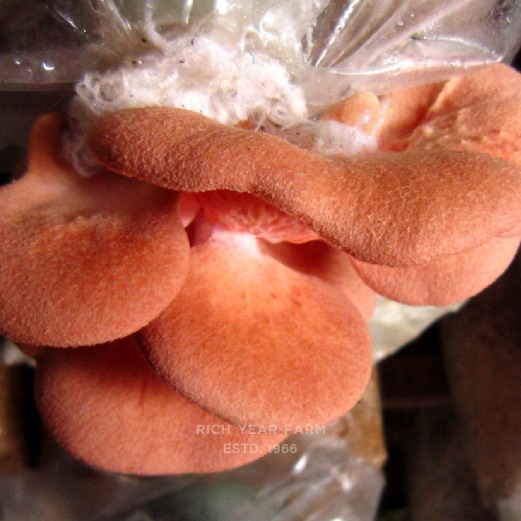
Rose Oyster Mushroom
Also known as Pink Oyster or Red Side Oyster, the Rose Oyster Mushroom is a high-quality strain introduced from India in recent years. When young, the mushrooms are pink with a distinct crab-like flavor. As they mature and become more fibrous, they are ideal for frying as a fiber-rich food. It grows well in temperatures from 18–34°C, with the optimal range being 23–27°C, making it a great variety for spring, summer, and autumn cultivation. -
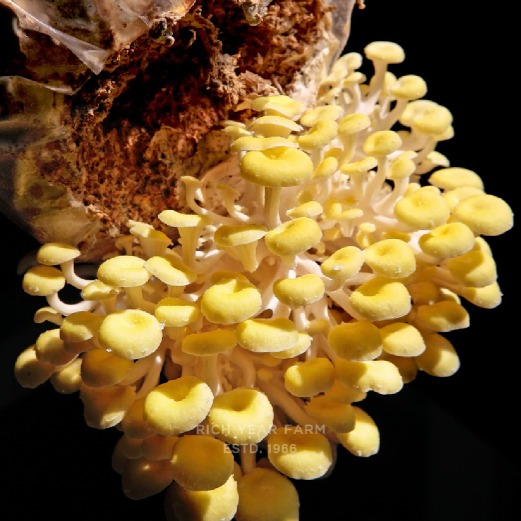
Yellow Oyster Mushroom
Yellow Oyster Mushroom, also called Golden Top Mushroom or Elm Yellow Mushroom in parts of China, is primarily found in northeastern China, with additional distribution in regions like Hebei, Guangdong, Guizhou, Yunnan, and Tibet. Valued for both its culinary and medicinal potential, it has been recognized as one of China's top ten rare and developing edible mushrooms. It is especially popular in high-end vegetarian cuisine and highly regarded by consumers.。
-
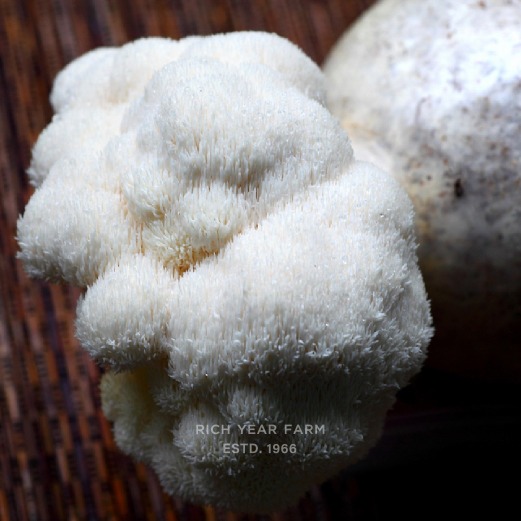
Lion’s Mane Mushroom
Lion’s Mane is a large edible fungus named for its appearance—its fruiting body is round and covered with hair-like spines, resembling a little monkey’s head. It is regarded as one of China’s "Four Famous Delicacies," alongside bird’s nest, bear’s paw, and sea cucumber, and is widely used in medicinal cuisine. When fresh, it is white; when dried, it turns light brown. It is native to regions such as Heilongjiang, Sichuan, and Yunnan, typically growing on decaying hardwoods like oak and walnut. Lion’s Mane is rich in protein, polysaccharides, and seven essential amino acids, especially glutamic acid, making it both nutritious and delicious.
-
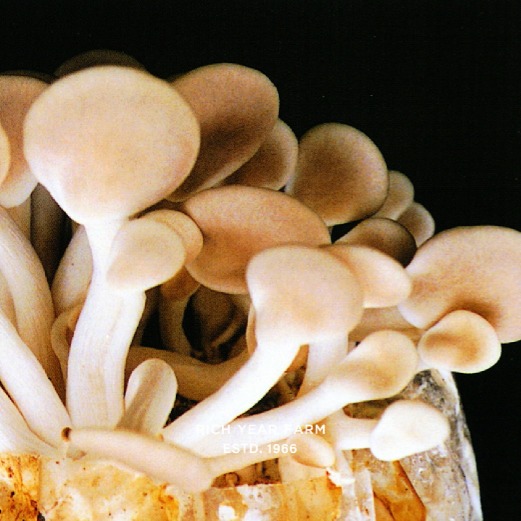
Oyster Mushroom
Xiuzhen mushrooms belong to the Pleurotus genus in the Agaricaceae family. They are cultivated using sawdust-based grow bags and have a shell-like appearance, hence also known as oyster mushrooms. They are part of the abalone mushroom family and are rich in vitamins B1, B2, C, niacin, and various minerals. These nutrients help promote metabolism and strengthen the immune system.
-
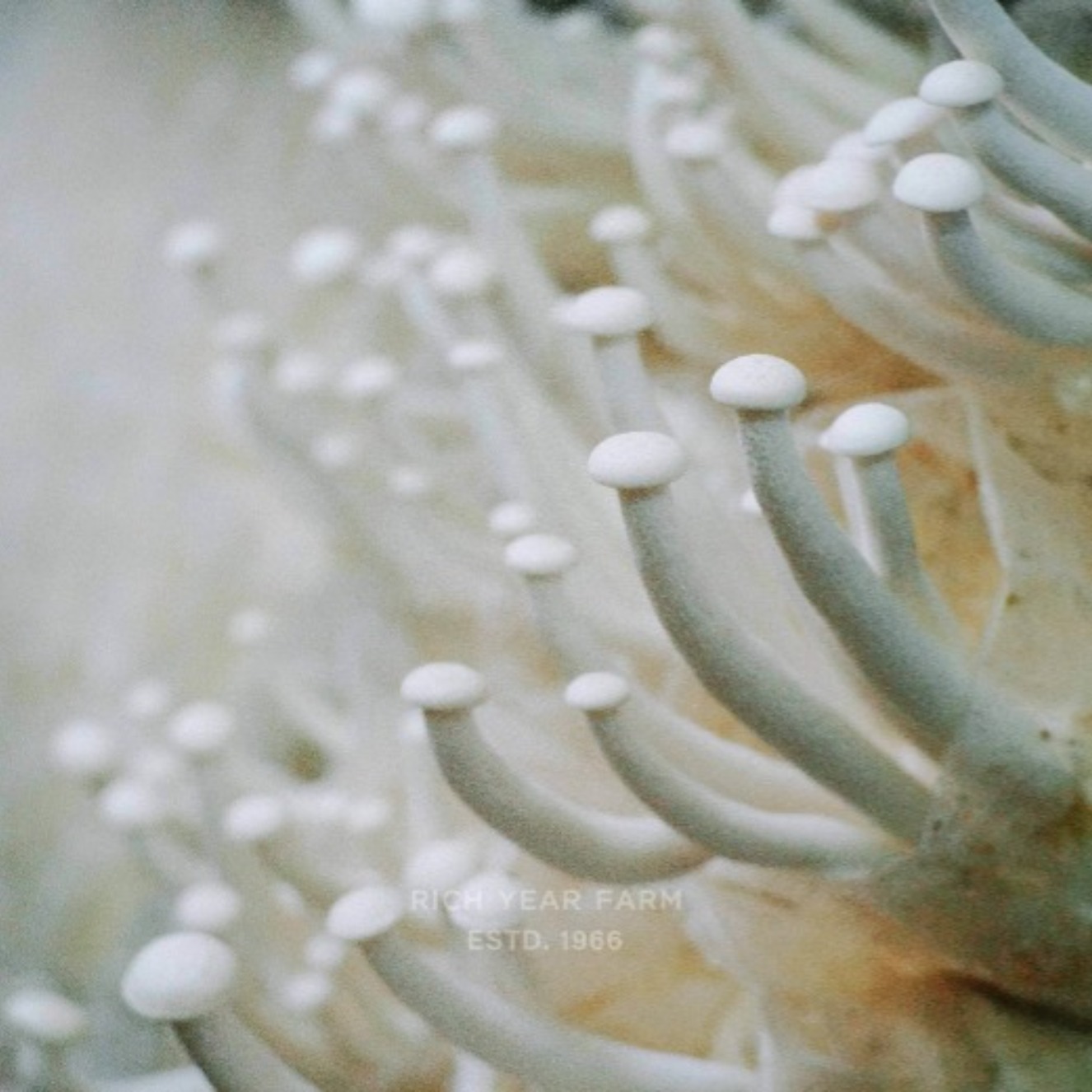
White Elf Mushroom
White Elf is a saprophytic fungus that typically grows on fallen logs in the autumn, especially on decaying beech and other hardwoods, and occasionally on living trees. It can grow in clusters or solitary, with white, cylindrical or club-shaped stems that are solid when young and slightly hollow when mature. The cap becomes slightly sticky when moist and has a soft, smooth texture when cooked, while the stem remains crisp and tender. This mushroom prefers cooler temperatures around 10–14°C and must be cultivated in temperature-controlled environments in Taiwan to ensure quality.
-
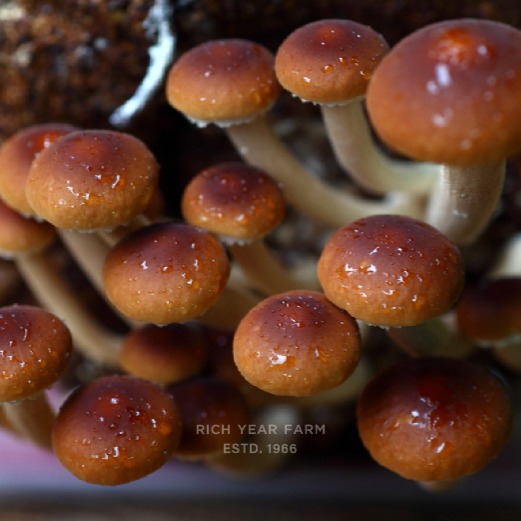
Agrocybe Aegerita (Brown Sword Belt Mushroom)
Agrocybe aegerita, also known as Brown Swordbelt or "Tian Tou Mushroom" in Chinese, is one of the earliest cultivated edible mushrooms. It is commonly found in Europe, the Americas, and Asia. Known for its rich aroma and tender-crisp stem, it is suitable for both fresh consumption and canning. Rich in dietary fiber, it retains its texture even after long cooking, making it a delicious and healthy choice.
-
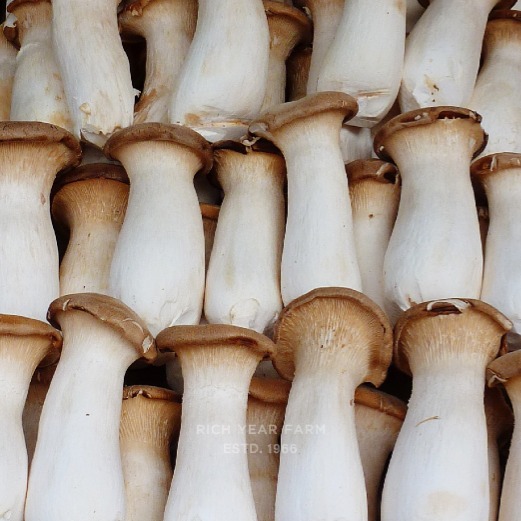
King Oyster Mushroom
The King Oyster mushroom, a member of the Pleurotus genus, is cultivated in plastic bottles filled with sawdust. Named for its subtle almond-like aroma, it is considered the most flavorful among abalone mushroom varieties. With its thick, meaty texture, it is highly versatile and popular in many types of cuisine.
-

Golden Enoki Mushroom (Nameko)
Nameko, scientific name Pholiota nameko and also called "Pearl Mushroom," is named for its sticky cap surface. It has a slippery, crisp texture but a relatively mild aroma. Traditionally featured in Japanese cuisine, it is often used in simmered dishes and soups. Nameko mushrooms are suitable for various cooking methods and are highly nutritious—containing 33–35% protein, over 38% carbohydrates, as well as vitamins B1, B2, and multiple minerals. The sticky coating on the cap contains nucleic acids believed to have health-promoting benefits.



